In a Place Where We Can Celebrate
Diné filmaker Shaandiin Tome turns her lens to native people…
Read More

by Leslie Linthicum
Harris Smith was the chair of the Department of Theatre at the University of Utah when he was named a finalist for the position of dean of UNM’s College of Fine Arts in the spring of 2020, just as COVID-19 shut down the world and shifted human interaction onto Zoom screens.
So, when Smith was offered the job and accepted, he had never set foot on campus. Which meant he had never experienced the confusing welter that is the College’s physical home.
Four departments and three institutes are spread helter-skelter among 13 buildings scattered from Lomas and University to Central and University to Campus Boulevard to Mesa del Sol. Film classes in the Biology building. Stage sets stored in hallways. Limited performance space. Tired dance floors. Bad bathrooms.
“If I could have seen the place, I would have thought we have some work to do,” Smith says today from his office in the Center for the Arts – home to Keller Hall and Rodey Theatre. But he wouldn’t have been scared away.

Dean Harris Smith
UNM College of Fine Arts
“The physical surroundings couldn’t get any worse, in my opinion,” he says. “So it could only get better, which is what we’re doing today.”
Smith moved to Albuquerque and was finally on campus in the fall of 2020.
“And about two or three months into the job,” he says, “it was like, ‘Hey, welcome to the University, go get us a new building.’ I don’t know anyone. I’ve met everyone in these little Zoom boxes. But we got started.”
That spirit of optimism has resulted more than two years later in a sea-change in the fortunes of the College of Fine Arts. UNM’s second-largest college (after the College of Arts and Sciences) is poised to move onto Central Avenue into a new building that will serve as a gateway to the southern end of campus.
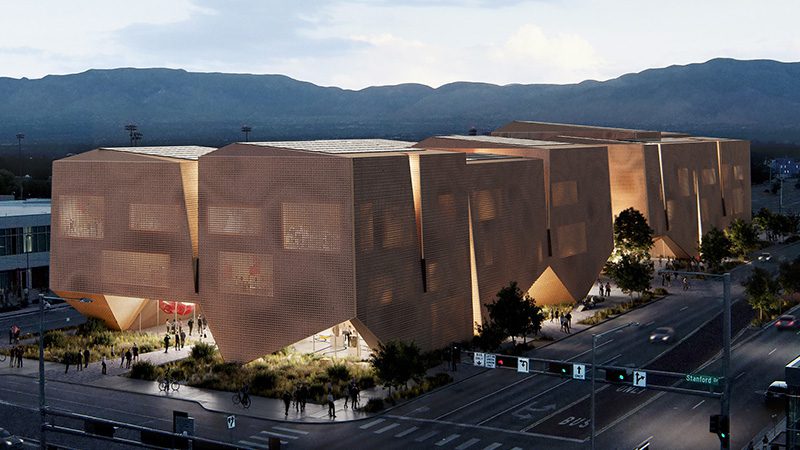
The Center for Collaborative Arts and Technology will sit along Central on what is now the parking lot south of Johnson Field. At a little more than 62,000 square feet, it will contain a large concert hall and spaces for theater and music rehearsal, as well as art exhibitions and some type of maker space. The price tag is $65 million and is being funded by two large bonds – a $45 million general obligation bond approved by voters last November and a $20 million UNM institutional bond approved early this year.
Smith anticipates breaking ground on the center in late 2023 or early 2024 and completing the building by 2026.
And once the building is finished, will all of the College of Fine Arts be under one roof?
Smith laughs at the suggestion.
“No, no, no,” he says. “Not even close.”
While one of the goals of the new building will be to have a shared home for all of the disparate degree programs within the College and to have a gathering space for cross-department ideas and collaboration, the building and the rest of the College’s master plan aims to cut down the amount of time students, staff and faculty spend traveling between buildings and bring all facilities up to present-day standards.
Under a 10-year plan, the College will add two new buildings (a second building to double the size of the Center for Collaborative Arts and Technology is in the plans) and vacate seven buildings so that the entire College occupies eight new or renovated buildings.
“So we’re so excited to have this new building,” Smith says. “But what it really does is it focuses us on the other needs that the other supporting buildings have in the way of renovation.”
The buildings that currently house Fine Arts programs are 59 years old, on average. “We need to make sure the physical structures are up to date and then our technology needs to be up to date, because we have to make sure our faculty have the best tools for teaching, and that our students are being trained on equipment that they’re going to use out in the real world.”
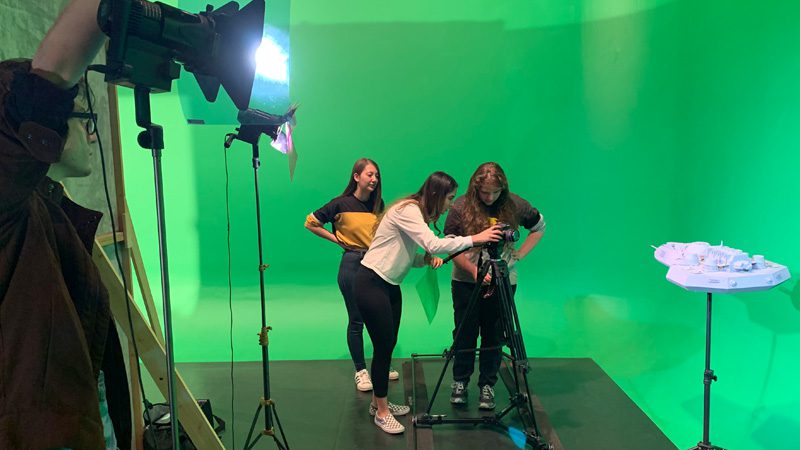
One exception is the Film and Digital Arts program that is mostly housed at Mesa del Sol. The program is the fastest-growing at the University and it sits adjacent to Netflix, an enviable marketing tool for attracting students.
Smith says the College initially planned to move Film and Digital Arts onto campus in the expansion phase that includes a second Center for Collaborative Arts and Technology building, but that plan could change. Enrollment in the department went from 400 to 600 students in the last year.
“That’s a conversation we need to have now with Phase 1, because the department is growing so quickly. And, there might be a need there sooner.”
Smith also hopes the new look and more up-to-date facilities will help to recruit students to the arts, although he notes the college has been doing fine on the strength of its faculty and reputation.
“If the buildings could match the passion, the commitment and the talent of our faculty and students, you’d see completely different buildings,” he says. UNM has one of the top photography and MFA programs in the country and the world’s only flamenco dance degree program.
“But because artists are known for creating their art with whatever they have,” Smith says. “I think some of our challenges have been overlooked because of the accomplishments we’ve made.”
Diné filmaker Shaandiin Tome turns her lens to native people…
Read MoreUNM Alum expands on her father’s literary legacy…
Read MoreUNM’s second-largest college is poised to move onto Central Avenue…
Read MoreTriple alumna followed her dream from Vietnam to a doctor of nursing…
Read MoreNASA’s newly employed James Webb Space Telescope is reaching ever deeper…
Read MoreWhen I was in high school, my family relocated to Rio Rancho…
Read More
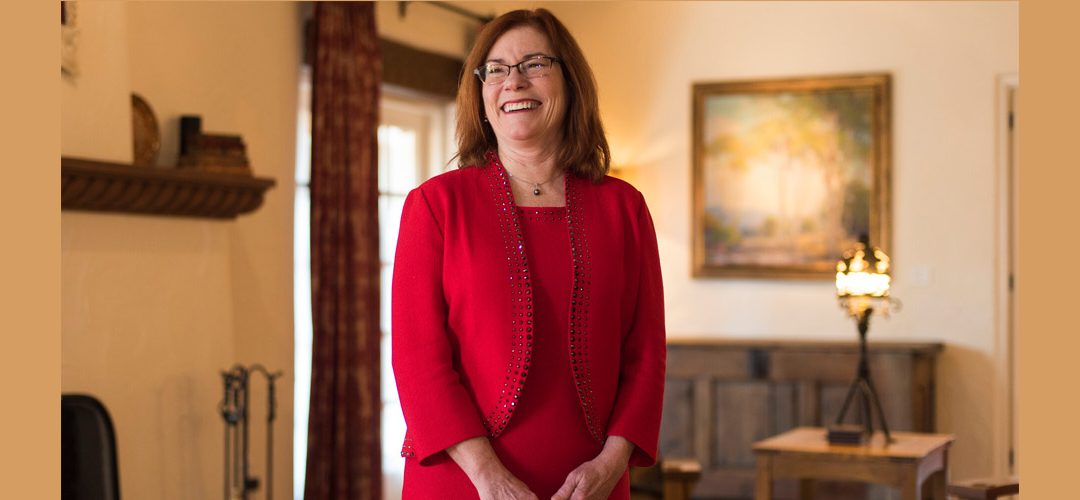

It’s another three years for Garnett S. Stokes at the helm of The University. The Board of Regents unanimously voted to extend Stokes’ contract just before the New Year. Hers is an additional three-year term with an option for an additional two-year extension. Her annual compensation increased from $601,000 to $662,000.
Stokes was praised as a strong leader who has brought stability to the University. Regents President Doug Brown said feedback about Stokes, who came to UNM five years ago from the University of Missouri, was overwhelmingly positive.
“We are at a point where we have not been in almost 30 years at this university,” he said, “and are so pleased that we are doing so.”
While navigating the COVID-19 pandemic, Stokes led UNM through years of growth – a 32 percent increase in research funding, including more than $50 million in external funding for the University’s Grand Challenges; growth in the Consolidated Investment Fund and a record $125 million in private support in Fiscal Year 2021-2022; and increased enrollment and a significant increase in the diversity of incoming first-year students.
Stokes, using a catch-phrase that has become her signature, said, “I am encouraged that our Regents are inspired by the strong momentum we have at The University for New Mexico. I am looking forward to building on that energy to enrich the Lobo experience in the years to come, and it continues to be my great honor to serve as your president.”
It is another three years for Garnett S. Stokes at the helm of The University...
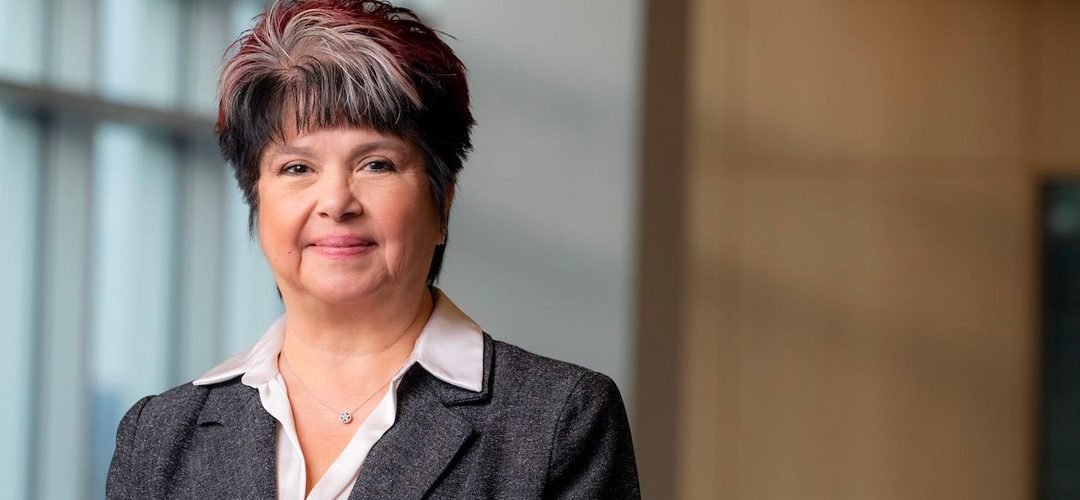

Yolanda Sanchez, PhD, a pioneer in cancer research, has been named director and CEO of The University of New Mexico Comprehensive Cancer Center.
Sanchez has been a professor of Molecular and Systems Biology and associate director of Basic Sciences at Dartmouth Cancer Center. She was born in El Paso, but grew up in Ciudad Juárez, Mexico, and will become the first Hispanic woman to lead a National Cancer Institute-designated comprehensive cancer center.
UNM President Garnett S. Stokes called her “a proven leader and collaborator” and Douglas Ziedonis, MD, MPH, executive vice president for Health Sciences and CEO of the UNM Health System, said Sanchez’s experience as a Mexican-American in the sciences gives her “a unique perspective to diversity, equity and inclusion efforts at academic institutions.”
Sanchez completed her undergraduate and graduate degrees in the University of Texas system and completed her PhD research at the MD Anderson Cancer Center. She joined the University of Cincinnati College of Medicine faculty in 1998 and was granted tenure in 2004. She was recruited to Dartmouth Medical School (now known as the Geisel School of Medicine) in 2006.
Sanchez has worked extensively with leaders of clinical oncology groups in the Dartmouth Cancer Center, an NCI-designated comprehensive cancer center and Dartmouth Health System to understand their concerns and clinical care passions and found ways to increase research and mentoring in those settings.
As a co-investigator of Dartmouth’s Program for Oncology Workforce Education and Research Experience, she helped develop innovative training and recruitment platforms to help women and under-represented minorities pursue careers in oncology.
Returning to the Southwest and joining UNM “is the opportunity of a lifetime,” Sanchez said. “I’m looking forward to partnering with community stakeholders – including the American Indian pueblos and nations and Black and Hispanic communities – to fuel transdisciplinary research and develop innovative methods to translate UNM Comprehensive Cancer Center discoveries to reduce the cancer burden and overcome health disparities in New Mexico.”
It is another three years for Garnett S. Stokes at the helm of The University...
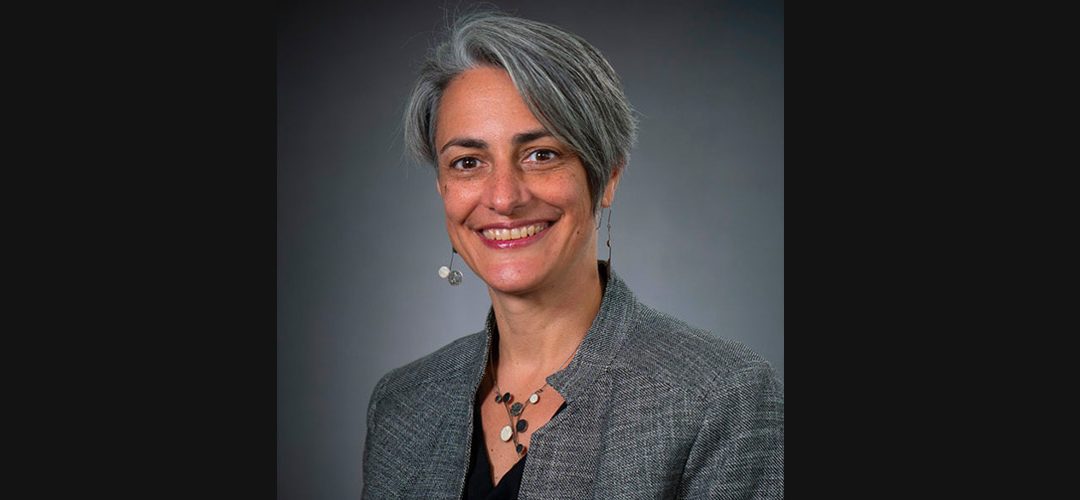

Donna Riley, the head of the Purdue University School of Engineering, will join UNM as dean of the School of Engineering in April. Prior to joining Purdue in 2017, she was interim head of the Department of Engineering Education at Virginia Tech, program director for engineering education at the National Science Foundation and a faculty member at Smith College.
“UNM attracted my interest with its record of inclusive excellence and its clear vision for how New Mexico’s public flagship university can drive workforce development and economic opportunity in the state and beyond,” said Riley. “As an engineer, I know how our ability to dream, design and develop can contribute to addressing critical community challenges.”
Riley earned a B.S.E. in chemical engineering from Princeton and a Ph.D. from Carnegie Mellon in Engineering and Public Policy. Her research focuses on the integration of ethics, communication, social analysis, lifelong learning and other critical capacities in the formation of engineering professionals.
Riley fills the position held by Christos Christodoulou, who has been dean since 2017, and who will continue as a Distinguished Professor in the Department of Electrical and Computer Engineering.
It is another three years for Garnett S. Stokes at the helm of The University...
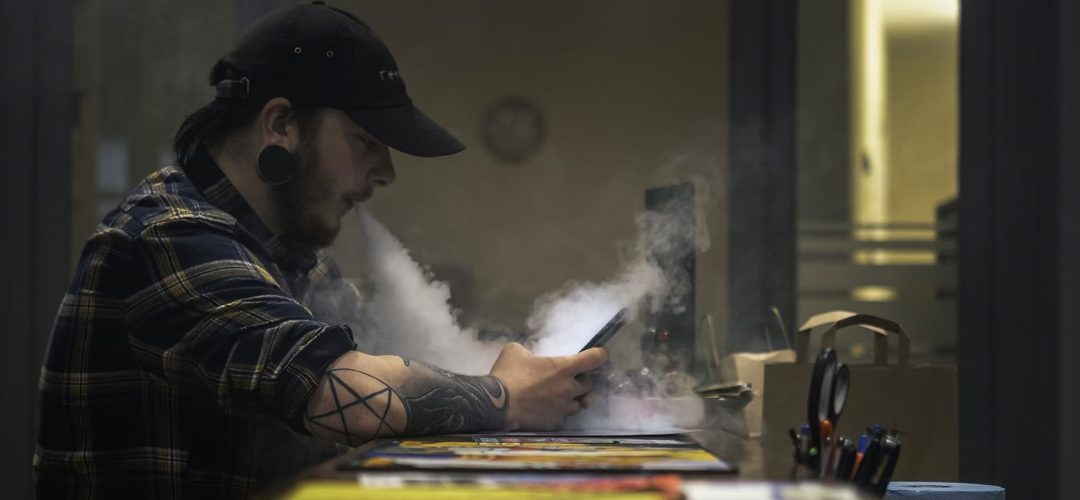

Vaping is often seen as a safer alternative to cigarette smoking, and its popularity has exploded in recent years, especially among young people. But some researchers are concerned that vaping – technically referred to as electronic nicotine delivery systems (ENDS) – poses health risks. Vaping tools heat liquid to high temperatures in order to vaporize it, which creates a chemical reaction that generates potentially toxic products such as formaldehyde and acrolein, says Nathan Jackson, an assistant professor in the Department of Mechanical Engineering.
Jackson is partnering with Pavan Muttil from the College of Pharmacy and Katie Zychowski from the College of Nursing to assess the feasibility of developing safer vaping technology. “Our technology uses a silicon substrate, where no metal is in contact with the liquid and it uses less heat, so potentially we can reduce the health risks associated with vaping,” Jackson said. “Also, our technology can generate micro-scale droplets instead of the nano-scale droplets found in current vaping tools, so that means that droplets are less likely to enter the blood stream and cluster together, which could also result in safer aerosols.” The trio has received a pilot award for a study called “Droplet and Metal Particle Analysis of ENDS,” from the UNM Comprehensive Cancer Center.
It is another three years for Garnett S. Stokes at the helm of The University...
Recent Comments